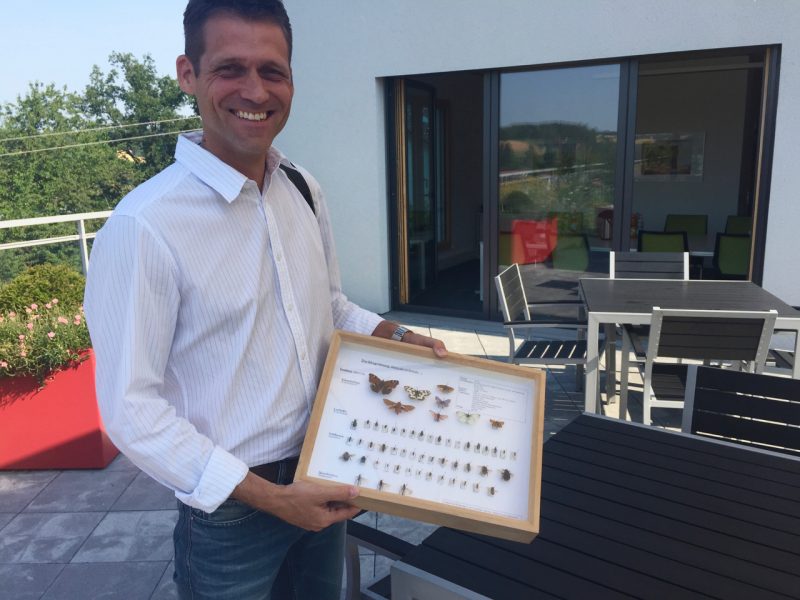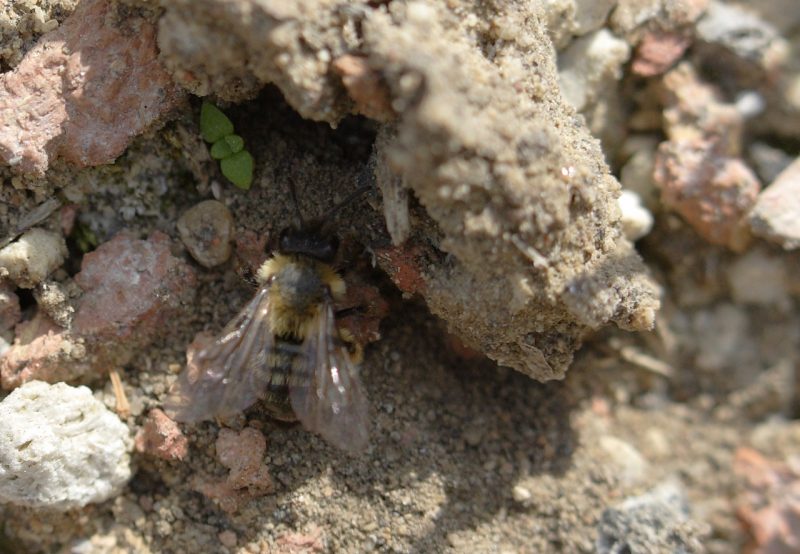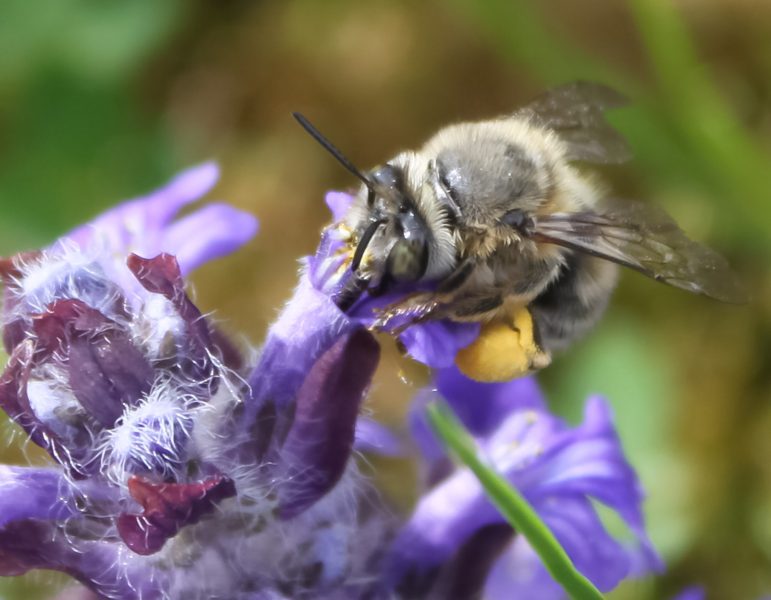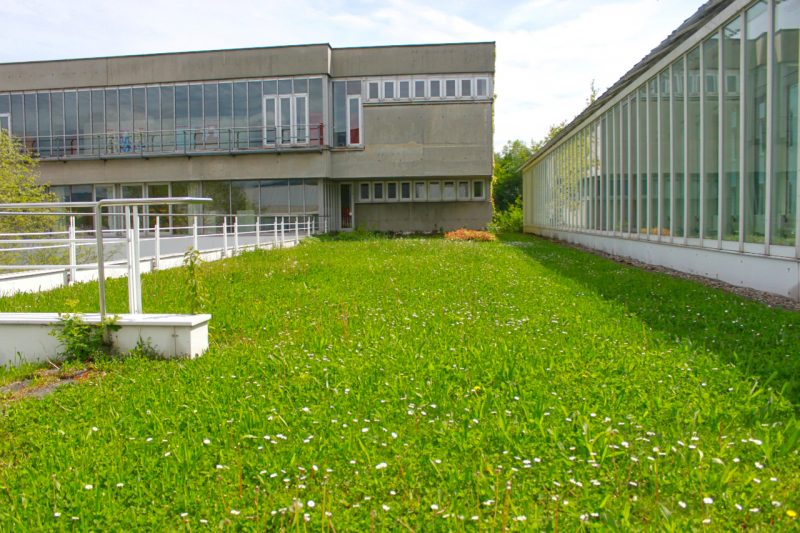Whilst there is welcome buzz about bees in the media, how much is there on green roofs? Is there a buzz about researching nature on green roofs? Or is it a mere whisper? New research such suggests the later. In fact, whilst the public might value nature, other disciplines dominated the realm of green roof research.

Wild bees and published papers – a review
A study undertaken by the University of Munich has recently been published. The study reviews global research on wild bees and green roofs between 1992 and 2015. As such roofs have become more prevalent, there has been a ‘boom in urban beekeeping.’ Whilst there is plenty of traction on honey bees, what about wild bees? Furthermore are there ecological benefits, and also risks, for wild bees on green roofs.
Therefore the researchers sort to gather and analyse existing research on the subject. In order to do this, they used key characteristics and open research questions, this process identified a range of green roof research papers, The table below outlines the results:
| THEME OF GREEN ROOF RESEARCH | THE PERCENTAGE OF PAPERS ON THIS THEME |
|---|---|
| General aspects of environment and ecology | 40% |
| Engineering | 37% |
| Biodiversity | 3% |
A key point here is that the researchers were clearly surprised:
”a number of just 35 studies mentioning wild bees on green roofs is low.’
Furthermore only 8 of these fully concentrated specifically on wild bees.

Species of wild bees recorded on green roofs
The team identified papers from 1992 – 2015, in which the total of wild bees identified on green roofs came to 236 species. The 8 studies that focussed specifically on wild bees, not surprisingly identified the most species.
| Switzerland | Braaker et al/2014 | 126 |
|---|---|---|
| Austria | Kratschmer/2015 | 91 |
| Canada | Colla et al/2009 | 79 |
| Switzerland | Brenneisen/2006 | 77 |
The countries/studies listed above are the ones with the largest total of species recorded. The studies in other countries include the UK, Japan and the USA with lesser totals.

The paper also notes some important findings in the reviewed research.
- Thermophilic species predominate on green roofs.
- Higher plant diversity can support higher bee diversity
- Insufficient food supply for specialist bee species on green roofs
- Ground nesting species, especially larger ones, cannot breed on green roofs

Recommendations for further research on wild bees and green roofs
The paper outlines some areas that are still unknown when it comes to wild bees on green roofs:
- What is the reproductive success of bees on green roofs?
- How does the age of the roof effect bee diversity?
- What are the genetic or demographic benefits of increased habitat connectivity?.
Let’s put a buzz in the research agenda
This is an important paper that lays out what we know about wild bees on green roofs. In summary, green roofs do deliver for biodiversity and for wild bees. Yet there are some interesting research questions which, it would be hoped, will get more researchers all of a buzz on green roofs.
You can see a collection of bees photograph on green roofs in our gallery.